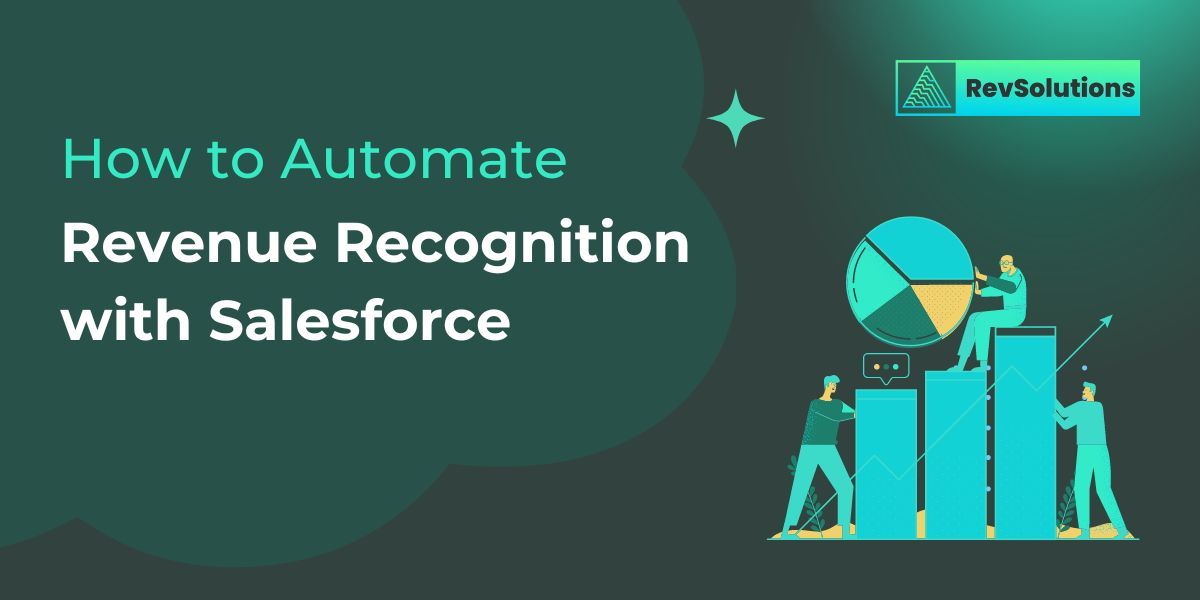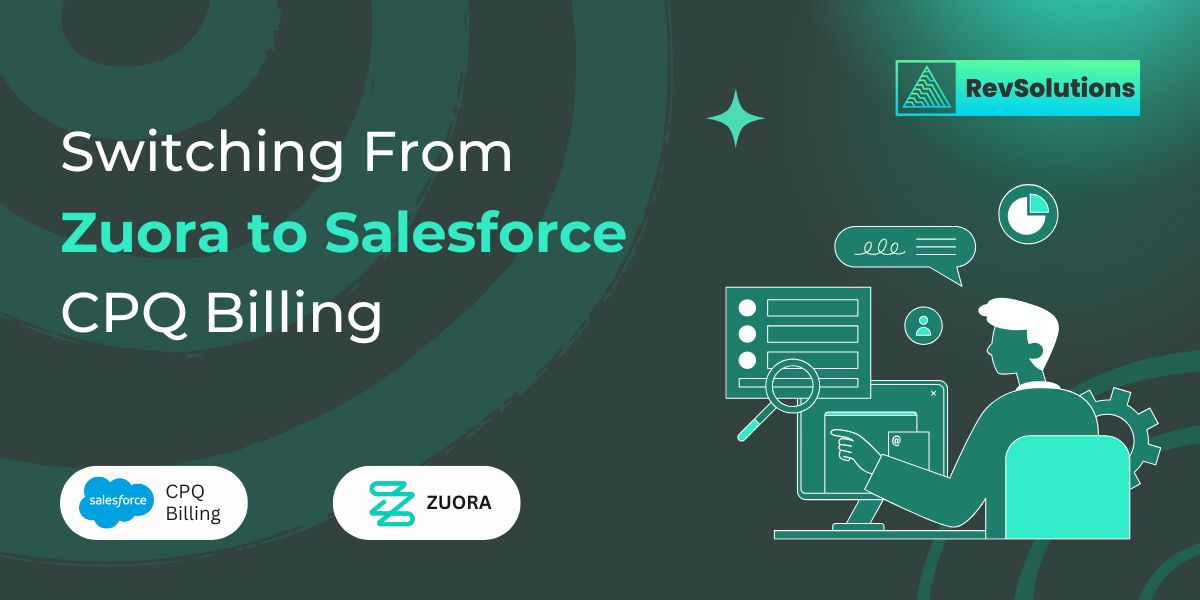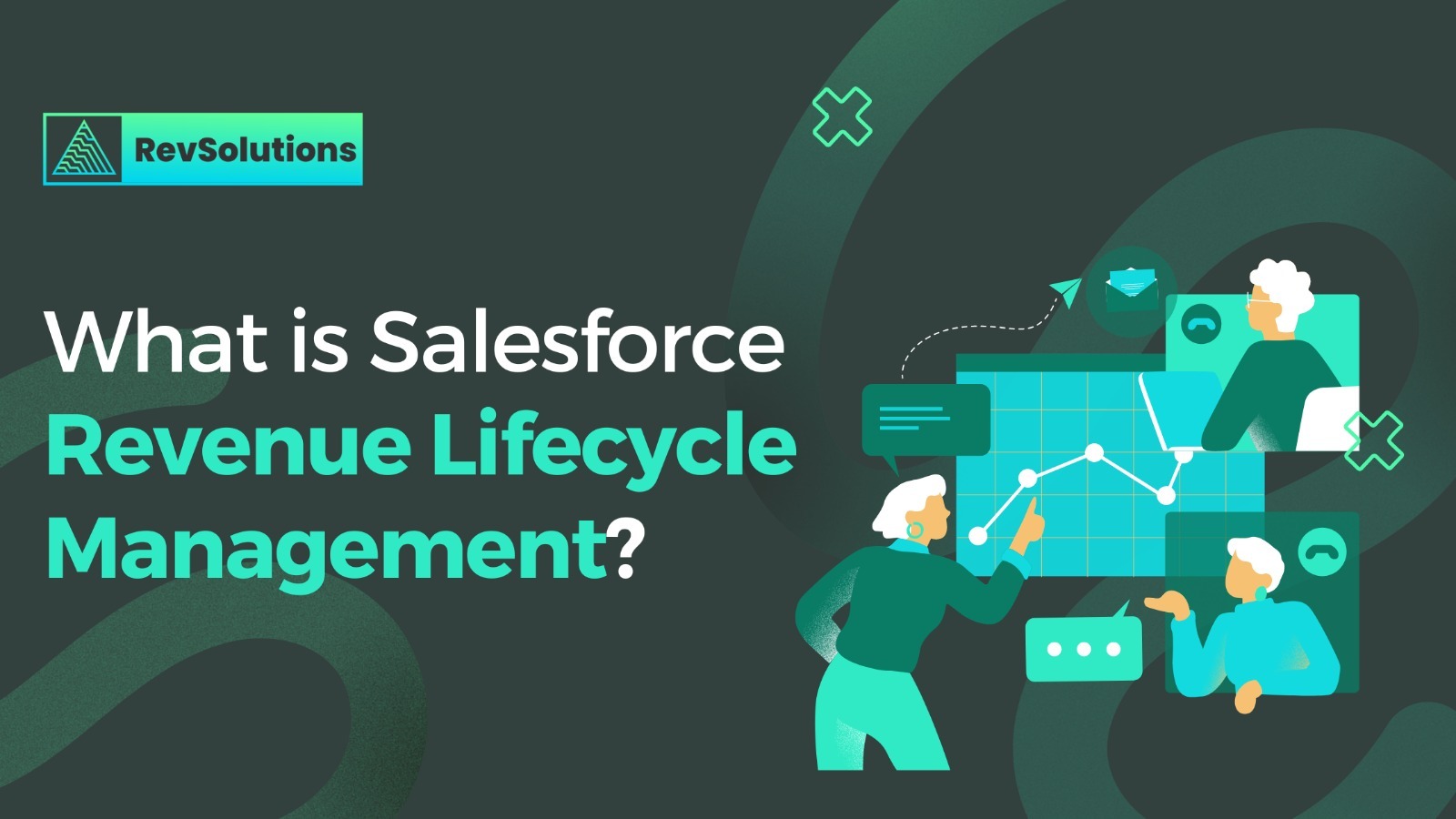
Revenue recognition is a crucial accounting principle that determines specific rules for when and how a company records and reports revenue in its financial statements. The process involves several key steps, starting with identifying customer contracts, validating transactions, and ultimately recognizing revenue once the company has met its obligations.
In the United States, revenue recognition is governed by Generally Accepted Accounting Principles (GAAP), a framework developed by the Financial Accounting Standards Board (FASB). GAAP provides clear guidelines to ensure consistency, transparency, and accountability in financial reporting. These standards enable businesses to record revenue accurately and ensure compliance with U.S. regulatory requirements.
A critical component of GAAP, known as ASC 606 (Revenue from Contracts with Customers), was introduced to bring more consistency to how companies recognize revenue across different industries. Under ASC 606, revenue is recognized when a company has fulfilled its performance obligations by delivering goods or services, and the amount received reflects the compensation the business expects in return.
How Salesforce Automates GAAP-Compliant Revenue Recognition
ASC 606 provides a five-step model to help companies consistently recognize revenue across different industries, emphasizing clear performance obligations and measurable outcomes. For companies facing complex revenue streams, Salesforce Revenue Cloud enables seamless automation of ASC 606-compliant recognition workflows, simplifying the complexities of revenue management while ensuring accuracy and compliance.
How Companies Handle Revenue Recognition Today
Key Challenges
- Manual Processes: Relying on manual methods makes managing revenue recognition cumbersome and prone to errors.
- Multiple Systems: Operating across various systems complicates the revenue recognition process and creates inefficiencies.
- Data Exporting: Extracting data from different platforms can be time-consuming and error-prone, adding unnecessary delays.
- Delayed Data Access: Obtaining accurate, real-time data is often delayed, impacting decision-making and reporting.
- Spreadsheet Errors: A significant portion of spreadsheets contain errors, with research showing that 88% of them have inaccuracies, raising concerns over data reliability.
What are the Advantages of Automating Revenue Recognition in Salesforce
- Reduced Errors: Automation greatly reduces the likelihood of manual errors, leading to more accurate financial data.
- Improved Scalability: The system easily adapts to your business’s growth and changing needs, providing long-term flexibility.
- Consistent Practices: Automation enforces uniform revenue recognition policies, ensuring consistency in financial reporting.
- Advanced Monitoring: Track revenue transactions closely with enhanced monitoring and maintain a clear audit trail for better transparency.
- Compliance Simplified: Automated processes help meet accounting standards and regulatory requirements, making reporting more efficient and compliant.
By automating revenue and deferred revenue management, you streamline the process, reduce manual workloads, and ensure alignment with your company’s specific business and accounting guidelines.
Steps to Automate Revenue Recognition in Salesforce
1. Define Your Revenue Recognition Rules
2. Capture Revenue Data on Salesforce Opportunities
Link your revenue recognition rules to Salesforce products, capturing essential data such as start and end dates. Each product in an Opportunity might follow different revenue recognition rules. For instance, a software solution sale could include a one-time implementation, an annual subscription, and a monthly support agreement—each requiring distinct revenue recognition criteria. If you’re managing recurring revenue models, Salesforce Subscription Management ensures that subscription-based revenue is accurately captured and recognized in line with your specific business rules.
3. Seamless Transition from Opportunities to Sales Invoices
4. Automate Deferred Revenue Calculations and Journal Entries
5. Create Revenue Recognition Reporting and Dashboards
Define key fields such as contract start/end dates, contract value, billing frequency, and recognition methods. These reports provide a clear view of how revenue recognition affects your financial statements, such as the Profit and Loss (P&L), Trial Balance, and Balance Sheet.
Conclusion
Accurate revenue recognition is essential for maintaining a company’s financial integrity, influencing both profitability and compliance with accounting standards. This article highlights the challenges of manual revenue recognition processes and offers a detailed guide on automating these processes using the Salesforce platform. By following the steps outlined—from defining recognition rules to implementing custom reporting—businesses can streamline their operations and ensure alignment with industry regulations and accounting guidelines. For expert guidance on optimizing these processes, consider Salesforce Advisory Services to help tailor a solution that meets your business’s unique needs.




0 Comments